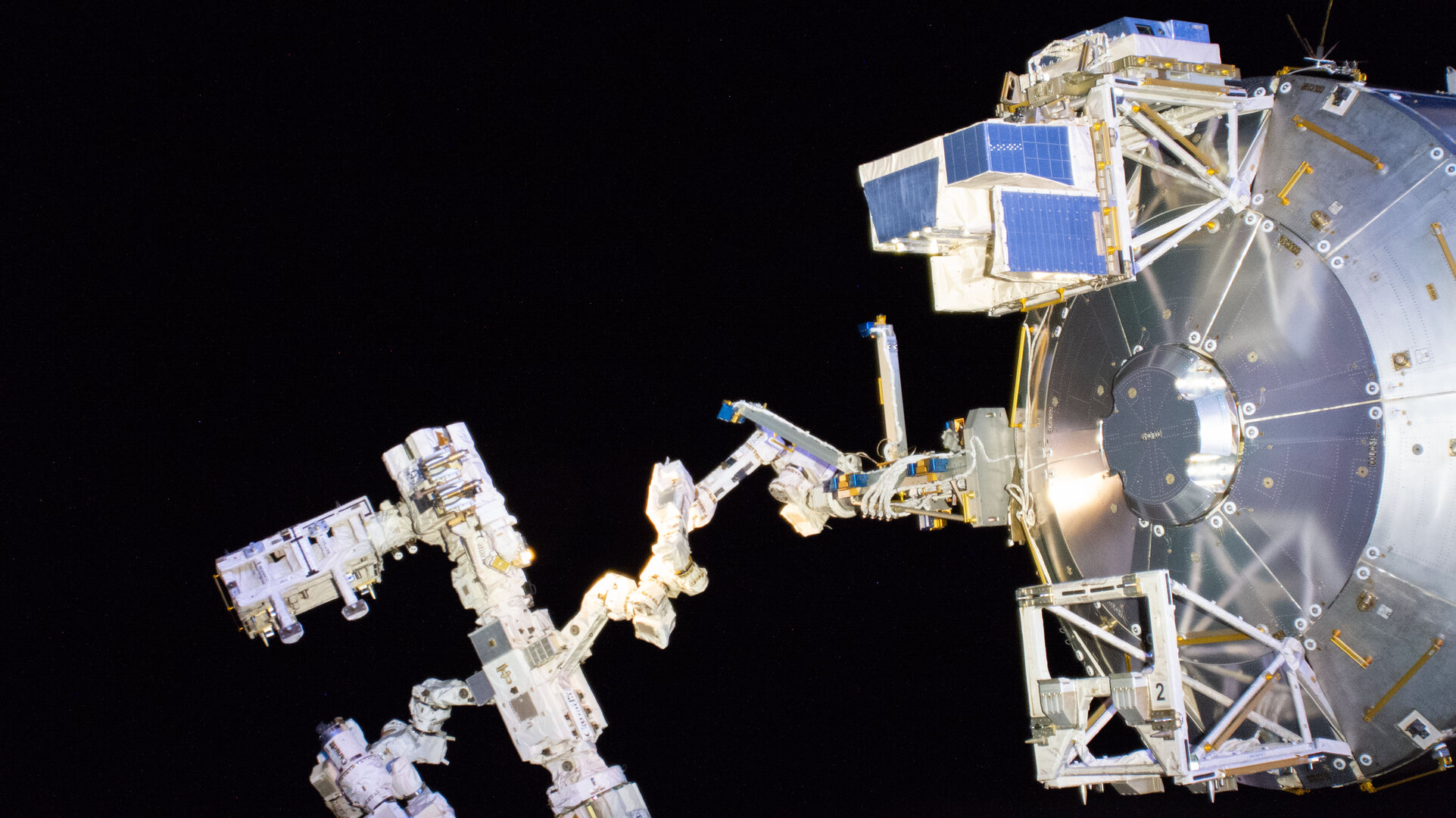Accept all cookies Accept only essential cookies See our Cookie Notice

About ESA
The European Space Agency (ESA) is Europe’s gateway to space. Its mission is to shape the development of Europe’s space capability and ensure that investment in space continues to deliver benefits to the citizens of Europe and the world.
Highlights
ESA - United space in Europe
This is ESA ESA facts Member States & Cooperating States Funding Director General Top management For Member State Delegations European vision European Space Policy ESA & EU Space Councils Responsibility & Sustainability Annual Report Calendar of meetings Corporate newsEstablishments & sites
ESA Headquarters ESA ESTEC ESA ESOC ESA ESRIN ESA EAC ESA ESAC Europe's Spaceport ESA ESEC ESA ECSAT Brussels Office Washington OfficeWorking with ESA
Business with ESA ESA Commercialisation Gateway Law at ESA Careers Cyber resilience at ESA IT at ESA Newsroom Partnerships Merchandising Licence Education Open Space Innovation Platform Integrity and Reporting Administrative Tribunal Health and SafetyMore about ESA
History ESA Historical Archives Exhibitions Publications Art & Culture ESA Merchandise Kids Diversity ESA Brand Centre ESA ChampionsSpace in Member States
Find out more about space activities in our 23 Member States, and understand how ESA works together with their national agencies, institutions and organisations.
Science & Exploration
Exploring our Solar System and unlocking the secrets of the Universe
Go to topicAstronauts
Missions
Juice Euclid Webb Solar Orbiter BepiColombo Gaia ExoMars Cheops Exoplanet missions More missionsActivities
International Space Station Orion service module Gateway Concordia Caves & Pangaea BenefitsLatest
Space Safety
Protecting life and infrastructure on Earth and in orbit
Go to topicAsteroids
Asteroids and Planetary Defence Asteroid danger explained Flyeye telescope: asteroid detection Hera mission: asteroid deflection Near-Earth Object Coordination CentreSpace junk
About space debris Space debris by the numbers Space Environment Report In space refuelling, refurbishing and removingSafety from space
Clean Space ecodesign Zero Debris Technologies Space for Earth Supporting Sustainable DevelopmentApplications
Using space to benefit citizens and meet future challenges on Earth
Go to topicObserving the Earth
Observing the Earth Future EO Copernicus Meteorology Space for our climate Satellite missionsCommercialisation
ESA Commercialisation Gateway Open Space Innovation Platform Business Incubation ESA Space SolutionsLatest
Enabling & Support
Making space accessible and developing the technologies for the future
Go to topicBuilding missions
Space Engineering and Technology Test centre Laboratories Concurrent Design Facility Preparing for the future Shaping the Future Discovery and Preparation Advanced Concepts TeamSpace transportation
Space Transportation Ariane Vega Space Rider Future space transportation Boost! Europe's Spaceport Launches from Europe's Spaceport from 2012Latest

Bartolomeo connected to Columbus
Thank you for liking
You have already liked this page, you can only like it once!
The Bartolomeo external commercial facility on the International Space Station arrived at its new home last week: the Columbus laboratory module.
Bartolomeo, named after the younger brother of Christopher Columbus, was installed by robotic arm on the forward-facing side of the space laboratory on 2 April 2020.
The platform, with blue tabs centre-right of the photo, is at the end of the Dextre attachment that is part of Canada’s 16-m robotic arm for the International Space Station. In an intricate process controlled from Earth, the robotic arm took Bartolomeo from the external trunk of the Dragon cargo vessel and moved it into position on Columbus. The 20th SpaceX Dragon mission departed from the Space Station today to splashdown in the Pacific Ocean.
Bartolomeo is built and operated by Airbus, and hosted by ESA on the International Space Station. The facility has a clear view of Earth and the service benefits from high-speed data transfer to provide easy access to space at competitive prices.
Previous spacewalks prepared Columbus to receive the new host facility by adapting support pins to which Bartolomeo will connect. Astronauts will perform another spacewalk to install Bartolomeo in the next few months, together with a new terminal called ColKa that will upgrade the European space laboratory.
The photograph is taken with Earth above, the blue and white facility, space storm hunter, ASIM, can also be seen top right. This Danish-led facility is pointing down at Earth and monitoring the events that occur above thunderstorms. It celebrates its second year in orbit this month. Results coming in have already shown how lightning can affect the upper reaches of our atmosphere and much more.
-
CREDIT
ESA/NASA -
LICENCE
ESA Standard Licence

Unpacking Bartolomeo

Installing cables for Bartolomeo inside Columbus

Bartolomeo before flight

Bartolomeo on the move















 Germany
Germany
 Austria
Austria
 Belgium
Belgium
 Denmark
Denmark
 Spain
Spain
 Estonia
Estonia
 Finland
Finland
 France
France
 Greece
Greece
 Hungary
Hungary
 Ireland
Ireland
 Italy
Italy
 Luxembourg
Luxembourg
 Norway
Norway
 The Netherlands
The Netherlands
 Poland
Poland
 Portugal
Portugal
 Czechia
Czechia
 Romania
Romania
 United Kingdom
United Kingdom
 Slovenia
Slovenia
 Sweden
Sweden
 Switzerland
Switzerland

























